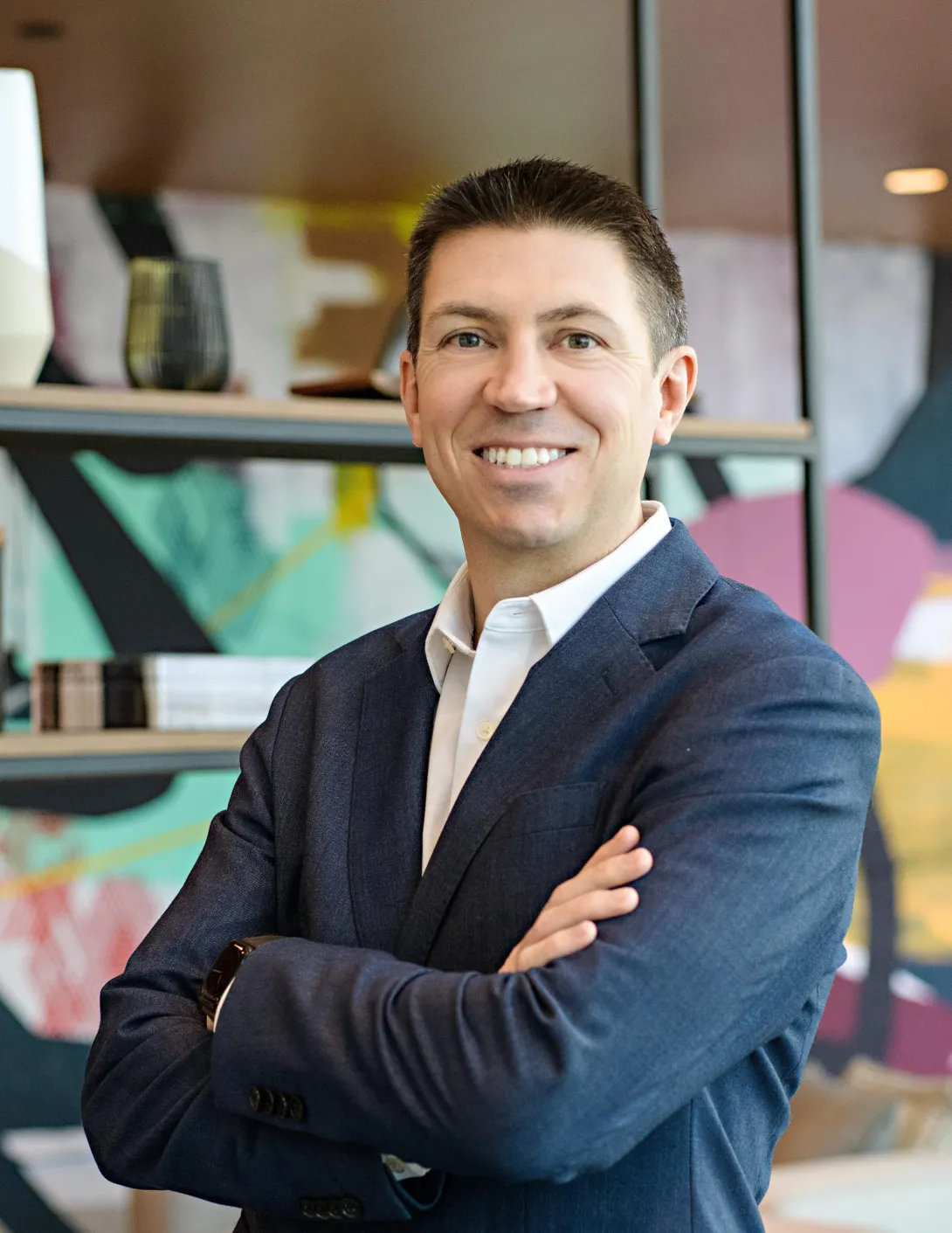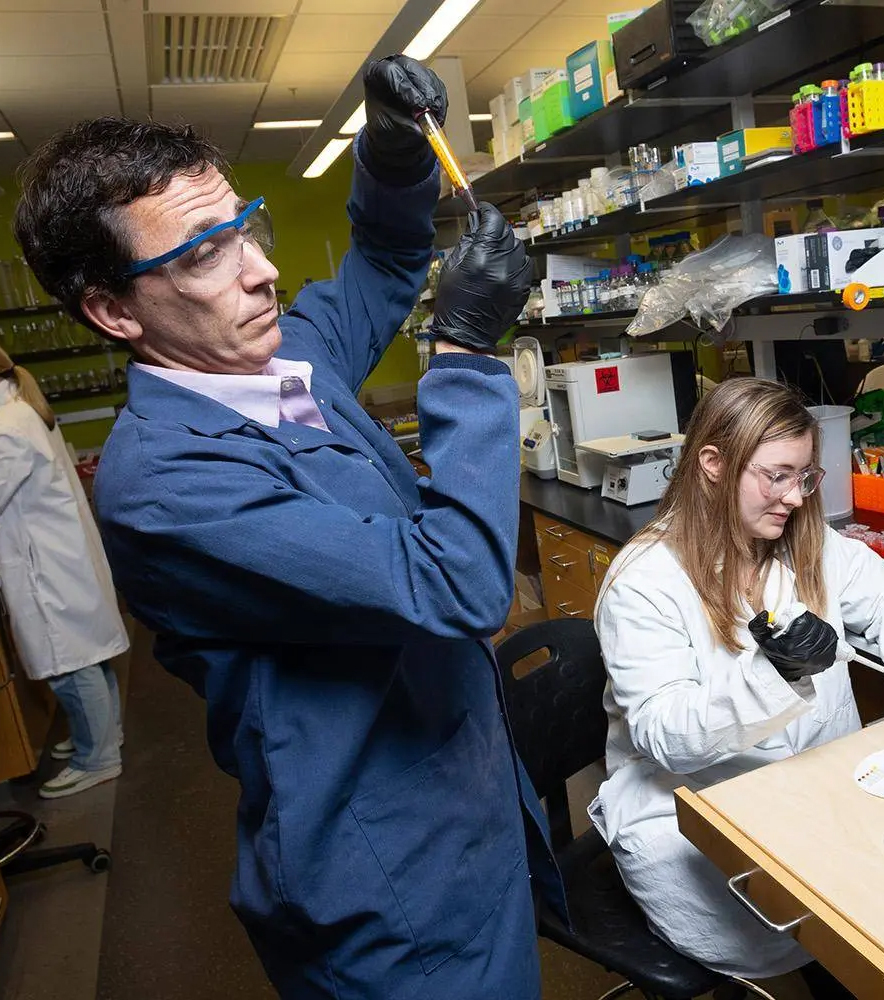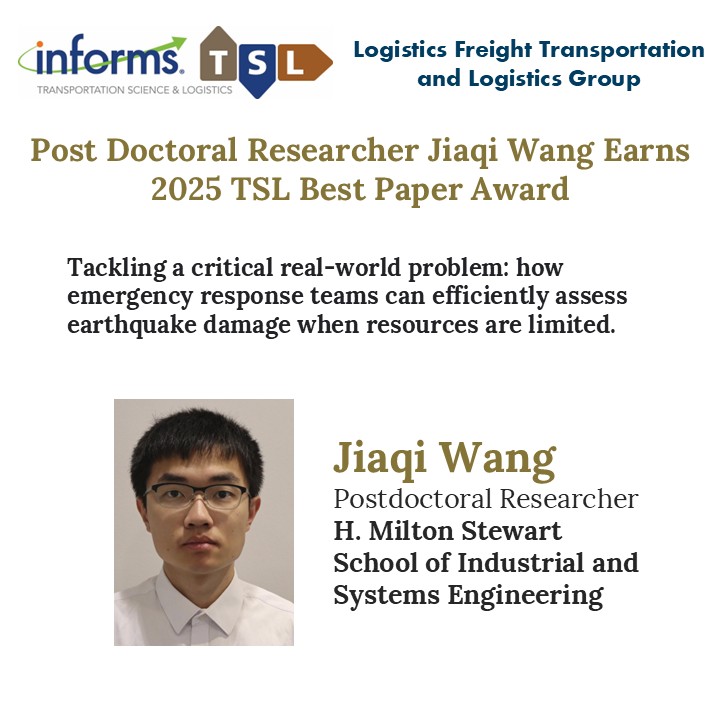Aug. 30, 2022
Chris Shaver serves as the Vice President of Global Product Management for Dematic. He joined Dematic in 2020, leading the Global Vertical Strategy team before transitioning to lead the Global Product Management organization in early 2022.
Mr. Shaver brings a wide array of executive supply chain experience to SCL. Prior to joining Dematic in 2020, he built and ran the omni-channel operations organization for Chico’s FAS, a multi-billion dollar women’s apparel retail organization. Prior to his time at Chico’s FAS, Mr. Shaver spent over a decade in the management consulting industry delivering both strategic and operationally-focused supply chain initiatives to Fortune 500 organizations. Mr. Shaver is a graduate of Georgia Tech and currently resides in Atlanta, GA.



